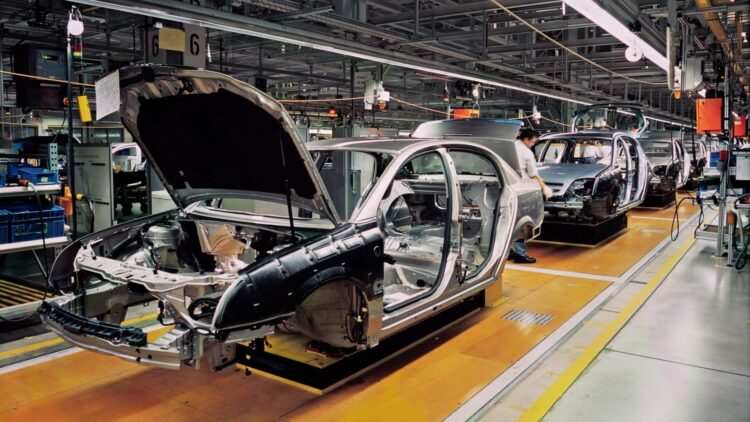The car industry is changing and has been for a while, and while that does mean a lot innovation and new companies joining the industry in order to create the new technology that we like so much in our vehicles, it also means that some of the industry legends are finding themselves out of the market due to lack of adaptation and economic pressures that are everywhere now. The latest casualty of this new trend is Japanese auto parts maker Marelli Holdings Co. Ltd., known for supplying companies like Nissan and Stellantis.
Technically founded in 2000 under a different name, this industry heavyweight has been one of the main suppliers for lighting systems and interior components for vehicles for more than 20 years, and they are filing for Chapter 11 bankruptcy in the U.S. According to records, they are now more than $767 million in debt, most of it owed to its own major clients and the bankruptcy filing seems to be the way to restructure its debt and keep the business afloat.
The fact that the debt is owed to its own clients is not an enviable position to be in, as those same clients depend on Marelli to keep their production lines moving and are now stuck in an even worse situation, especially considering the current precarious state of the industry as a whole.
The Marelli Holdings bankruptcy, consequences on the car industry
Despite the enormous amount of debt they find themselves under, a spokesperson from Marelli has promised that no one will be losing their jobs as of now and that there will be no disruption to operations. While this might change in the future, it does give a bit of hope that they will be able to climb out of the financial hole and rejoin the ranks of companies that are thriving in the new market.
Marelli Holdings chose to file its bankruptcy paperwork in Delaware, hoping that restructuring will help it get out from under the mountain of debt and return to stability, but even with the reassurances and the plan in place, their clients and other industry players are not reassured that the company will hold up and seem weary to trust them. It seems to be hitting a bit closer to home than many would like, especially for some of their main clients, Nissan and Stellantis, who are now left wondering whether their supply lines will hold up or of they need to start making other arrangements for their new lines.
But it seems like there are still those who have faith in the company and its ability to bounce back. To keep things running in the short term, Marelli has managed to secure $1.1 billion in financing, which is meant to help maintain operations while the bankruptcy process plays out. CEO David Slump is grateful but is more cautious than optimistic and stated that the company had been“severely affected by tariffs due to its import/export-focused business and the imposition of tariffs specifically against automotive manufacturers and suppliers.”
This has officially made them the first major casualty of the tariff war that the US is currently engaged in with the rest of the world. The company has been struggling with low output, ongoing losses, and a rising pile of debt for some time, but they were managing until the screws were tightened to an unreasonable point. Since Marelli is a key player in the supply chain, this is not likely to be an isolated case.
Media outlets like Reuters, The Wall Street Journal and The Daily Mail have already been analyzing the ripples in the industry and are not optimistic about what they see. For consumers, this might eventually mean slower car production, fewer vehicles to choose from, and possibly higher prices, as manufacturers will need to find new suppliers or adjust their entire logistics setup. And that will not be cheap since everyone is in the same tariff boat.

